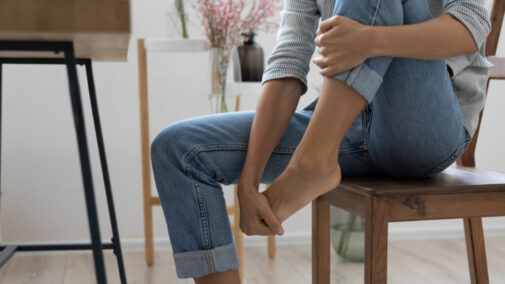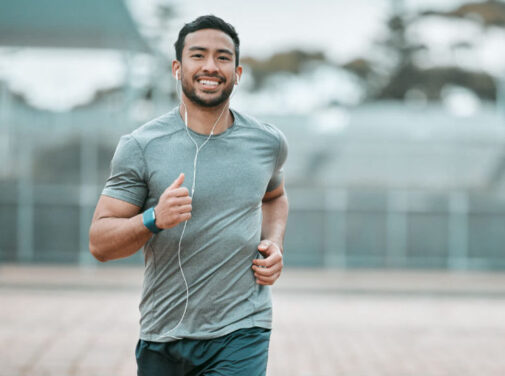Should you sit with your legs crossed?

If you’re like many of us, you spend part of your day seated, and you’ve likely crossed your legs for comfort. It’s pretty common.
There’s been a lot in the news about sitting too long. We know a sedentary lifestyle boosts your risks for a number of health issues, including two major killers: heart disease and cancer.
But how about crossing your legs? Is it bad for you, assuming you’re active otherwise?
Varicose veins
Maybe you’ve heard that crossing your legs leads to varicose veins. That’s a myth.
Actually, varicose veins are caused by little valves in the veins in your legs. The valves can weaken or become damaged. The one-way valves keep the blood from simply pooling in your feet or ankles because of gravity on its way back to the heart and lungs. When the valves weaken, blood flows downward and collects in the veins. The veins tend to become wider to accommodate the extra blood. As the veins get bigger and swell, they often twist as they try to squeeze into their normal space. That’s when they become varicose veins.
What causes varicose veins isn’t sitting cross legged. Old age or a family history of veins prone to valve weakness is what leaves you susceptible to varicose veins.
You may be at higher risk if you have higher blood pressure in your veins due to obesity or pregnancy.
High blood pressure
We’ve found a link between sitting and high blood pressure and cardiovascular problems. However, crossing your legs isn’t the problem… it’s the sitting that contributes to the problem of high blood pressure.
Bones and joints
We don’t have strong evidence that crossing our legs affects varicose veins or high blood pressure. But when we look at our joints, we do see some issues with crossed legs.
Crossing our legs isn’t friendly for the pelvis. When crossing the legs, the top knee puts pressure on the lower knee. The position also rotates and pulls on the pelvis.
With the knee is at an unnaturally twisted angle, the lower back can hunch.
Some medical professionals feel that alternating which leg is on top may not help reduce the bone and joint stress.
Knee pain
Aside from injury, a common cause of knee pain is keeping the knee in a misaligned position for a long time. Occasionally crossing your legs shouldn’t prompt knee pain, but if you already have knee pain, the twisting of crossing your legs could make your pain worse.
When you have to sit, how should you sit?
If you have a desk you can stand at for all or part of the day, consider yourself fortunate. We recommend you stand whenever you can — even if you have a seated desk. Stand while you talk on the phone or have lunch. If you’re discussing something with a coworker, can you walk and talk rather than hunkering down at a table or desk?
Since a lot of us sit at a computer part or most of the day, here are the Occupational Safety and Health Administration (OSHA) ergonomic position recommendations:
- Hands, wrists and forearms should be straight, in-line and roughly parallel to the floor.
- Head should be level or bent slightly forward, forward facing and balanced. Generally your head should be in line with your torso.
- Shoulders should be relaxed with upper arms hanging normally at the side of your body.
- Elbows should stay close to your body and bent between 90 and 120 degrees.
- Feet should be fully supported by the floor, or a footrest may be used if the desk height is not adjustable.
- Back should be fully supported with appropriate lumbar support when sitting. Your back should be vertical or leaning back slightly.
- Thighs and hips should be supported by a well-padded seat and generally parallel to the floor.
- Knees should be about the same height as your hips with the feet slightly forward.
It’s a good idea to get up and move around periodically and stretch your fingers, hands, arms and torso. Make small adjustments to your chair or backrest from time to time just to change up things for your body.
Here are some additional tips for sitting safely:
- Take a one or two minute break every 20-30 minutes.
- Rest and refocus your eyes periodically. Look away from your monitor and look at something distant.
- Rest your eyes by covering them with your palms for 10-15 seconds.
Do you have knee and hip pain? Take a free online quiz to learn more.
Related Posts
Comments
About the Author
Matthew P Wichman, MD, is an orthopedic surgeon at Aurora Orthopedics in Milwaukee, WI.

















